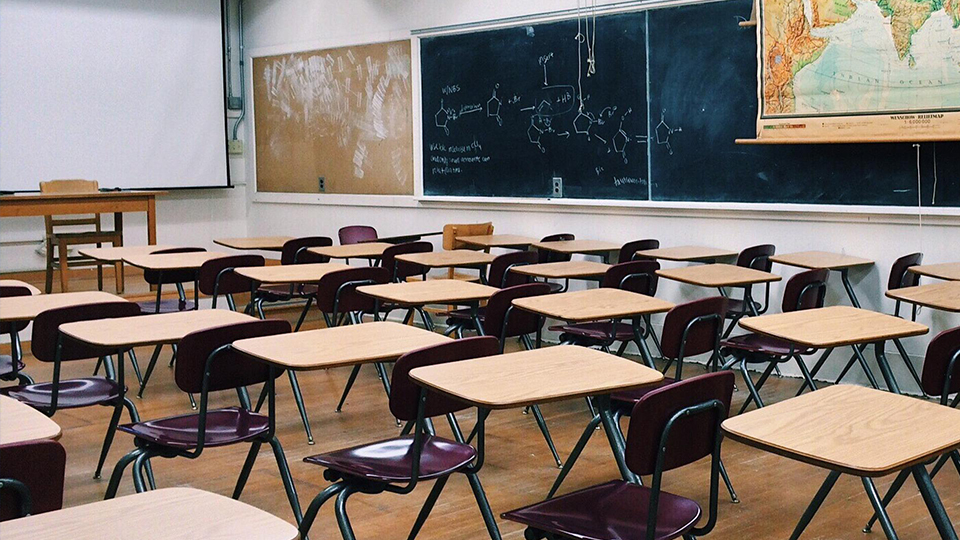Fairbanks report shows growing achievement gap in Marion County schools
Subscriber Benefit
As a subscriber you can listen to articles at work, in the car, or while you work out. Subscribe Now
A new report from the Indianapolis-based Richard M. Fairbanks Foundation shows widening racial disparities in education in Marion County. CEO Claire Fiddian-Green says the report also includes 10 recommendations to help close the gap and put all students on a path to success.
The report, Education for All: An Update on Racial Equity in Marion County, shows only a quarter of Black and Hispanic third through eighth grade students in Marion County achieved proficiency in English language arts and math compared to their white and Asian peers.
Additionally, white 11th graders are four times as likely to be proficient in math on the SAT exam as Black and Hispanic 11th graders.
In an interview with Inside INdiana Business, Fiddian-Green talked about the reasons for the widening gap.
“Certainly, COVID has had an impact, and I think it’s important to remember that these gaps aren’t new, but COVID has certainly made them worse. It has destabilized all of our lives, and that’s being played out in terms of education outcomes for our students,” she said. “Unfortunately, family income also plays a role, and so not having access to high speed internet and other supports at home during the early days of the pandemic also played a role.”
The list of recommendations ranges from improving the quality of early childhood education to increasing college enrollment and completion rates.
Among them, Fiddian-Green says Indiana should differentiate state aid in the K-12 funding formula “so that schools and districts in lower-income areas and charter schools, which predominantly serve Black and Hispanic students but cannot levy the local property tax dollars, they should be receiving more funding so they have the resources to serve the students that are enrolled in those schools.”
Additionally, the report recommends all high school students should be required to complete the FAFSA application.
“Louisiana made this a state mandate, and when they did so, they saw their highest-level college enrollment rate in the state’s history. So, we know that can make a difference.”
Another recommendation is for any eligible student being automatically enrolled in the state’s 21st Century Scholars program, which provides free aid for students to enroll in Indiana public and private higher education institutions.
Fiddian-Green says all of the recommendations require action at either the school district or state policy level, and could benefit the entire state, not just Marion County.
“The disparities that we’ve outlined, we focused on Marion County, but unfortunately they hold true across the state,” she said. “So, if we want to ensure that Black and Hispanic students in our state are getting a high-quality education that can set them up for a career and so that they can earn a livable wage and contribute to our society, then we need to make sure we’re addressing these gaps for all students. In the end, that will benefit our entire economy and help Indiana continue to thrive.”
In addition to the report, the Fairbanks Foundation has released new data through its Community Data Snapshot. The foundation says parents, policymakers, and education and community stakeholders can track metrics for each Marion County school such as teacher and student demographics and teacher retention.
“With this new data, we hope to provide increased transparency and enable community stakeholders to be better informed about the state of education in Marion County,” Fiddian-Green said. “Early next year, we will make additional updates to the Community Data Snapshot to allow users to see education outcomes for students at each Marion County School, which is an important step toward reducing achievement gaps in education.”
You can connect to the full report, see all 10 recommendations, and view the Community Data Snapshot by clicking here.
